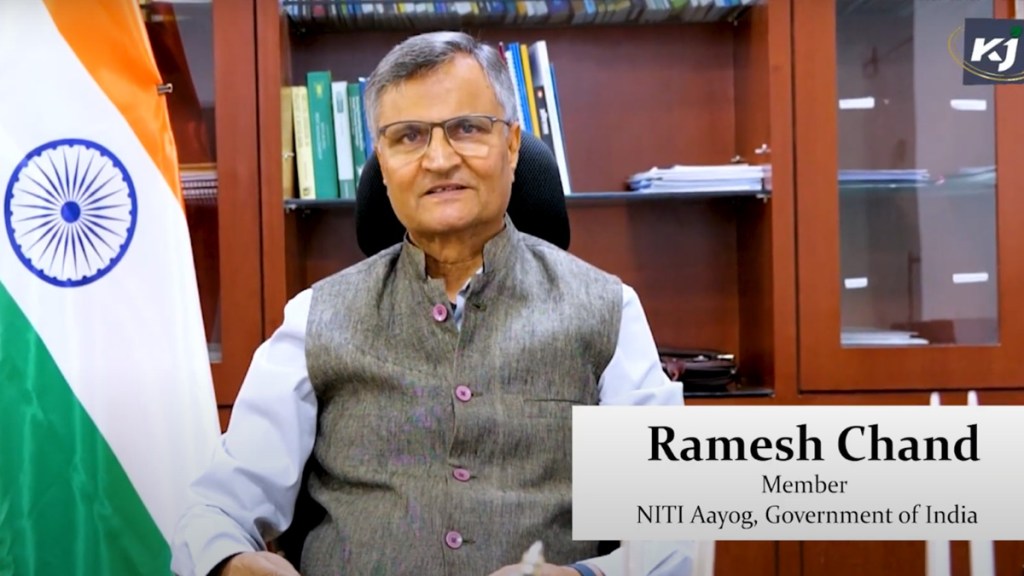With food inflation likely to come down to around 5% in the next three to four months due to the base effect and the impact of a robust kharif harvest, the Reserve Bank of India may choose to cut the policy rate further in April, Niti Aayog member Ramesh Chand said on Wednesday.
Chand said the farm-sector gross value added (GVA)will likely grow close to 4% in the current financial year. “I expect the growth rate to remain on an average above 4% in at least the next five years,” he said. In Q2FY25, GVA in agriculture and allied sectors grew 3.5% on year, higher than 2% in Q1.
Chand said the net sown area under kharif rabi crops is higher than last year’s level, aided by elevated water reservoir levels ( up 20% over the average of 10 years). “The impact of this year’s crop harvest will remain till April-May. I expect another rate cut by the central bank soon,” Chand said.
On February 7, the RBI’s monetary policy Committee announced a 25-basis point cut in the repo rate, bringing it down to 6.25%, marking the first reduction in nearly five years. In January, the CPI inflation moderated to 4.3% from 5.2% in December, primarily due to a slowdown in food inflation. Inflation in food and beverages fell to 5.7% in January from 7.7% in December.
Retail inflation surged above the upper tolerance level to 6.2% in October from 5.5% in September and sub-4% prints in July-August, propelled by a sharp pick-up in food inflation and an uptick in core inflation.
Robust kharif production and good rabi sowing progress have brightened the outlook of food inflation, with analysts forecasting another 25 bps rate cut by the RBI in the April policy review. As of the end of January 2025, rabi sowing of food grains is up 2.1% compared to last year led by higher sowing of cereals (2% on year) and pulses (2.2% on year).
Explaining the rationale for his upbeat forecast on agriculture GVA, Chand said public irrigation, which was stagnant for 20 years, has been expanding since 2015-16. The area under irrigation has increased from 47% to 55% of gross cropped area in the last decade.
Procurement of crops in the open-ended Pradhan Mantri Annadata Aay Sanrakshan Abhiyan (PM – AASHA) for oil seeds and pulses is increasing while procurement of rise-wheat has expanded significantly beyond Punjab-Haryana, acting as an incentive for farmers.
Similarly, the horticulture area is also showing some expansion, which can substantially increase farmers’ income. Livestock and fisheries are also expanding to non-traditional producer states.
The government has set a target of a record foodgrain production of 341.55 million tonne (MT) in the 2024-25 crop year (July-June), which is an increase of around 3% from the 2023-24 crop year.
Above normal monsoon this season has ensured better soil moisture for all the rabi or winter crops, an official said.

